There were enough peaches remaining on the tree for a pie. So I made one.
I did not hve success with fresh peach pie last year, so I did more research. The techniques that I think made this one work were using a quick boil the chill to remove the skins, and adding lemon juice to the peaches to prevent browning. I prefer that pies not be too sweet, so the amount of sugar is small. Others might want to lat least double the sugar content.
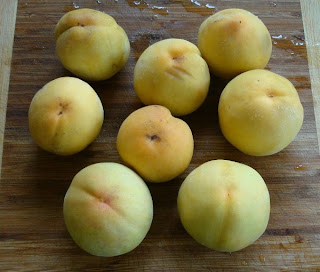
Some ripe peaches. Home grown organic fresh peaches, right off the tree!

Quick dip in boiling water. Just one minute.

Then a quick dip in ice water. One minute, again.

Then just rub the skin with my thumb, and it slides right off. Who knew it would be so easy!
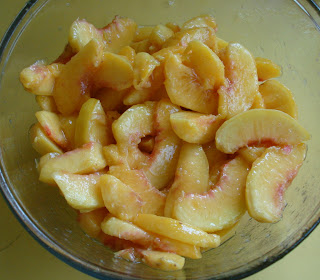
Then slice up the peaches, and quickly add 2 teaspoons of lemon juice, and mix to coat the peach slices. The lemon juice prevents browning of the peaches.
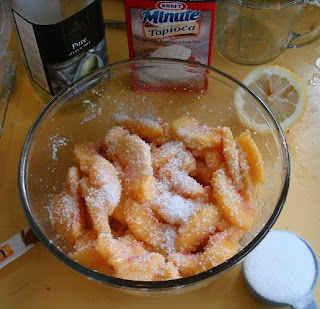
Now I added 1/4 cup sugar, 3 tbsp quick cooking tapioca, 1/8 tsp salt, 1 tsp cinnamon, and 1 tablespoon of olive oil. Most recipes call for butter, but olive oil is healthier and I don't need the extra buttery flavor.
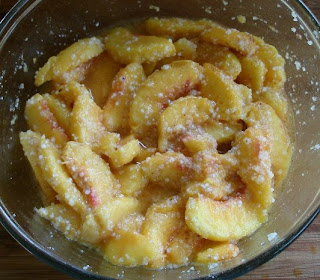
It's all mixed together. Now let it sit 30 minutes. As it happens, it takes about 15 minutes to make the crust. This is the same as my other olive oil crusts in this blog, including the lemon juice for extra flakiness.
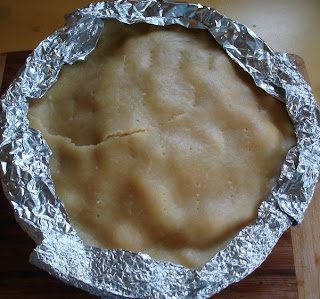
Forgot to show the mix in the pie shell, but it looks the same as the mix in the bowl. Added the usual foil, baked 40 minutes at 375. This time the edges didn't brown at all, so I took the foil off at 35 minutes.
I liked this pie best cold. A bit more sugar would make it more appealing for people who like a sweet pie. I can't believe I know how to make a peach pie! It was great!
 Most of the tulips were "standard" varieties, but I like adding some more elaborate types as well. There were from a big box store.
Most of the tulips were "standard" varieties, but I like adding some more elaborate types as well. There were from a big box store.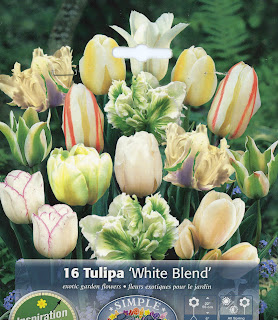 These might be nice for some cut flowers. These were from a local nursery. I think the blends usually have a predominance of a few types, but it's like that box of chocolates, you never know what you're going to get.
These might be nice for some cut flowers. These were from a local nursery. I think the blends usually have a predominance of a few types, but it's like that box of chocolates, you never know what you're going to get.